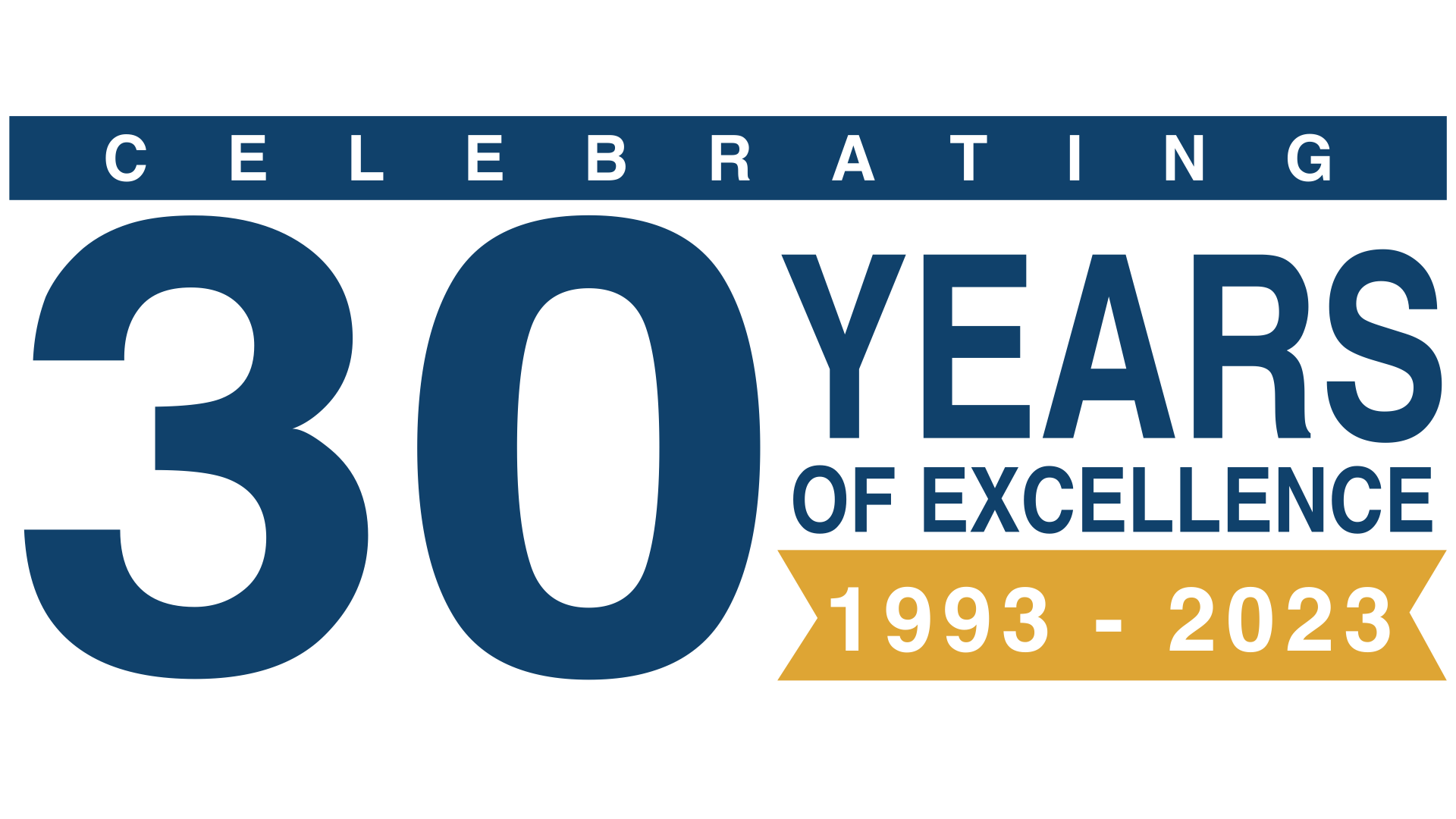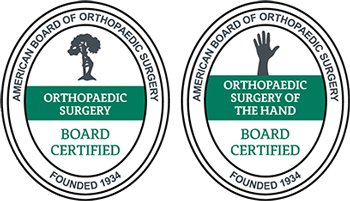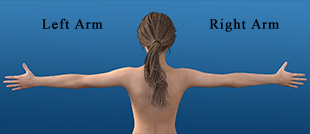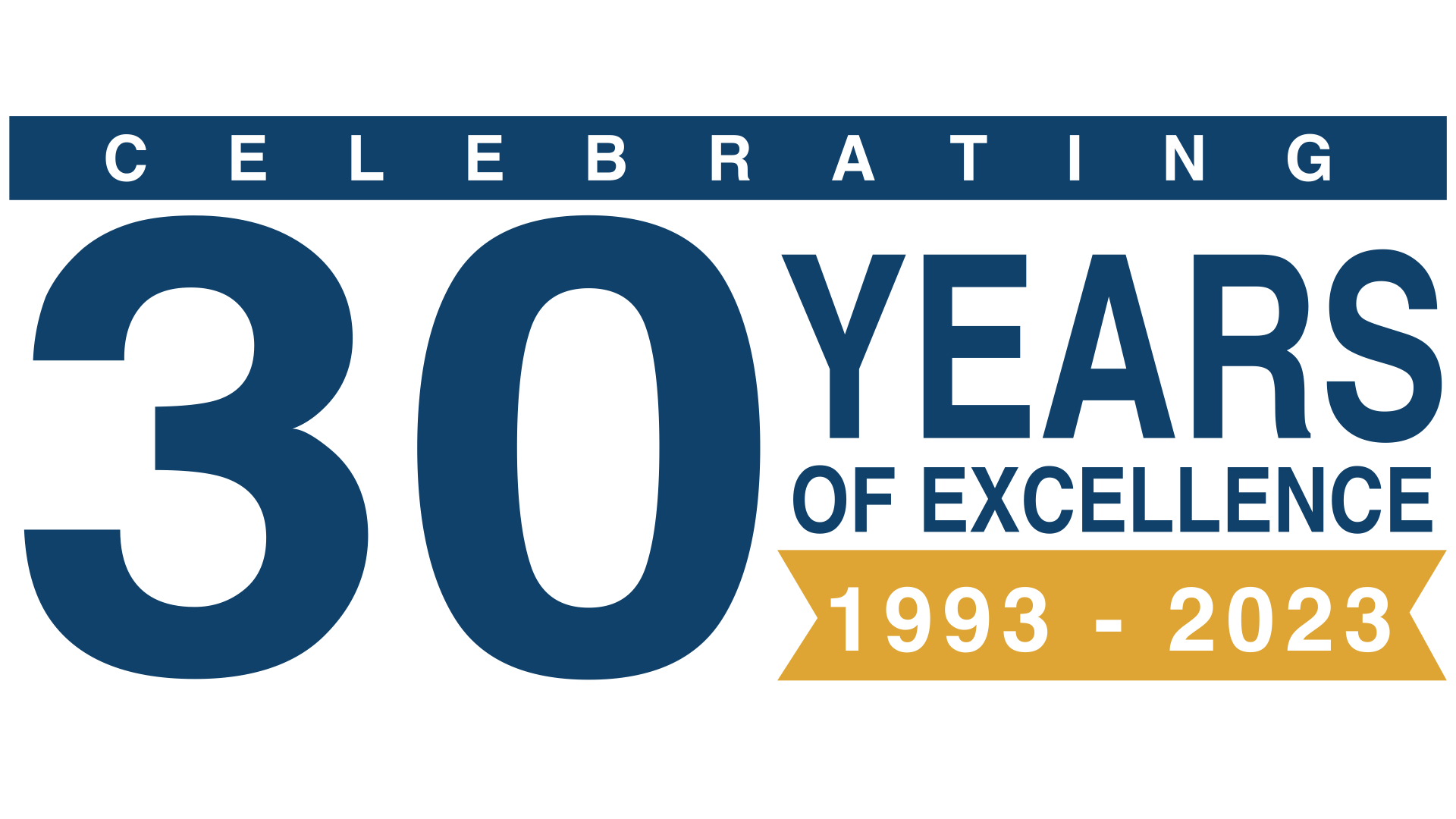Extensor Tendon Repair
Contents
- 1 What are Extensor Tendon injuries?
- 2 What causes Extensor Tendon Injuries?
- 3 What are the symptoms of Extensor Tendon Injuries?
- 4 How are Extensor Tendon Injuries diagnosed?
- 5 How are Extensor Tendon Injuries treated?
- 6 How can Dr. Knight help you with Extensor Tendon injuries?
- 7 Frequently Asked Questions:
- 8 Videos
- 9 Animated Videos
What are Extensor Tendon injuries?
Tendons are thin cords of connective tissue that anchor bone to muscle to produce movement. Extensor tendons begin in the forearm and run along back of the hand to the thumb and fingers. These tendons allow the fingers and thumb to straighten or extend. Damage to one or more of these tendons can dramatically affect grip, dexterity, and fine motor function of the hand. Boutonniere Finger and Mallet Finger are two examples of Extensor Tendon Injuries.

What causes Extensor Tendon Injuries?
The Extensor Tendons are located on the back of the hand, just below the skin, and directly above the hand bones. This makes them prone to injury due to the lack of muscle or other protective tissues. Anything from minor cuts to major hand trauma can result in injury to these tendons. Crushing injuries, such as jamming fingers in a door frame, animal bites, sports injuries, and rheumatoid arthritis are all common causes of Extensor Tendon injuries.
What are the symptoms of Extensor Tendon Injuries?
The most notable symptom is loss of function, specifically the inability to extend one or more digits. At the initial time of trauma there may be associated pain and swelling at the site. However, the actual site of dysfunction may not be painful. In cases of Boutonniere Finger or Mallet Finger the injured digit may take on a peculiar deformity.


How are Extensor Tendon Injuries diagnosed?
A physical examination of the affected hand is performed after a detailed review of patient history and associated symptoms. If a complete laceration of rupture, there will usually be an inability to straighten the joint. If an incomplete tear or laceration, there will usually be weakened painful tendon function to extension resistance. All lacerations should be carefully explored to look for tendon involvement. The doctor may order x-rays to ensure no bones are fractured. Ultrasound or Magnetic Resonance Imaging (MRI) will reveal the extent and location of soft tissue damage in the event of tendon injury.
How are Extensor Tendon Injuries treated?
Non-surgical
In some cases, the physician will merely splint the finger to allow the ruptured tendon to heal together in proper alignment. The splint must be worn continuously until the tendon has healed entirely. This is common in tears caused by jamming injuries or minor lacerations of the tendon. Once healed special exercises and physical therapy are required to restore range of motion in the finger.


Surgical
In laceration cases or severe rupture cases, surgical intervention can prevent permanent deformity and/or loss of function. The surgeon will use sutures to repair the injured tendon. Post-operatively the digit will be immobilized in a splint to allow the tendon to heal. As with conservative management, hand therapy plays an integral role in restoring functionality and range of motion to the finger.


How can Dr. Knight help you with Extensor Tendon injuries?
The extensor tendons are integral to the function of the hand, so it is important that any injury to them be treated as quickly and effectively as possible. Dr. Knight has extensive experience treating these kinds of injuries and will inform you of the best possible treatment plan to restore full function and use to your hands.
Our offices are easily accessible from Dallas and Dr. Knight is considered one of the top hand doctors in Dallas, TX. Come to our Dallas office or Southlake office to see what he can do for you.
Frequently Asked Questions:
Can my torn extensor tendons heal on their own?
That largely depends on the extent of the tear, specifically whether it is fully severed or only partially, because a partially torn tendon may not require surgical intervention, while a completely severed tendon will almost certainly require surgery to properly repair it while maintaining use and range of motion. Even a partially torn tendon does still require a doctor’s supervision, because it will require splinting and occupational therapy to guarantee appropriate healing.
How long does it take for a cut or torn extensor tendon to heal?
The time it takes for these types of injuries to heal can also vary based on the severity of the injury. A partially torn extensor tendon will not require surgery but will naturally require bracing and therapeutic exercises to heal in good order and regain function.
What tests can determine if I have injured my extensor tendons?
Because tendons are not bones, they don’t show up on x-rays. Because they are connected to bones, however, sometimes the position of bones and other trauma on x-rays can indicate tendon damage, but this must be confirmed with other tests. Typically, an MRI is the standard of care in determining tendon injury, as they clearly display internal tissues other than bones and can give the doctors a vivid image of the internal workings prior to determining a course of treatment.
Videos
Animated Videos
(817) 382-6789
Disclaimer
HandAndWristInstitute.com does not offer medical advice. The information presented here is offered for informational purposes only. Read Disclaimer

























